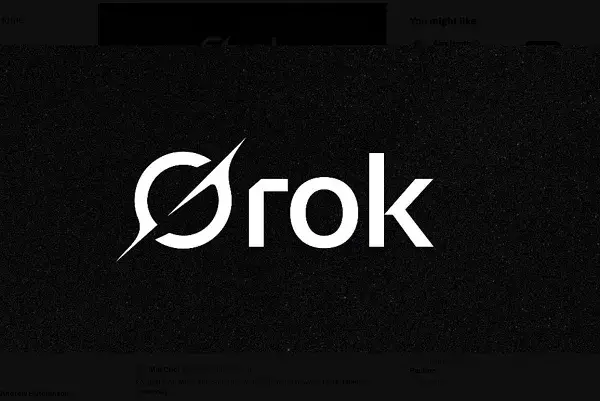The tech landscape is constantly evolving, and with it, platforms like xAI’s Grok are experiencing notable shifts. The launch of Grok 3 has, according to reports from Sensor Tower and TechCrunch, led to exponential growth in both downloads and daily active users. This surge, a tenfold increase in downloads and a fivefold rise in active users, suggests initial excitement surrounding Grok’s latest features. Nonetheless, while these numbers paint a rosy picture, a deeper analysis reveals underlying concerns regarding Grok’s long-term viability in a competitive marketplace dominated by established players.
The surge in app downloads and user activity post-launch indicates a successful marketing campaign, but it is essential to consider whether this enthusiasm can be maintained. History has shown that early adoption does not always translate to sustained use. Users may flock to a new release out of curiosity, but this engagement can dwindle once the novelty fades. Predictive trends will require at least a few more months of observation to accurately assess whether Grok 3 can retain its user base or if it will join the ranks of other fleeting apps that failed to innovate past their launch phases.
xAI has asserted that Grok 3 represents the pinnacle of AI technology, positioned to attract subscribers to X Premium—especially with the introduction of a newly devised access tier, SuperGrok. This tier aims to leverage Grok’s advanced functions; however, it raises critical questions about accessibility and user value. Are the features provided by SuperGrok compelling enough to justify an ongoing subscription? The long-term retention of users will depend heavily on the unique functionalities that Grok can bring to the table, which may not be readily apparent in the early days of the launch.
Among the innovations recently introduced is the voice mode for Grok, a feature aimed at enhancing interactivity by allowing users to converse with the AI utilizing natural language. For a demographic increasingly drawn to hands-free technology, this could indeed be a transformative advancement. However, the provision of this feature exclusively to top-paying subscribers raises further inquiry about Grok’s inclusivity. In a market where many competitors offer similar functionalities without requiring additional payments, Grok’s monetization strategy could alienate potential users.
The integration of voice response is a step forward in fostering deeper engagement. Nevertheless, if users encounter limitations in the interactions or find the voice AI lacking in nuance or contextual understanding, the gloss of innovation could quickly wear off. Successful voice integration depends on the naturalness and effectiveness of the responses given; therefore, the significance of user feedback in shaping future iterations cannot be overstated.
Despite these advancements, xAI’s Grok still operates within a complex competitive environment. The staggering success of Meta’s AI chatbot, boasting 700 million monthly active users, starkly contrasts Grok’s current user base. This disparity emphasizes the challenges facing xAI as it seeks to carve out a meaningful niche in the increasingly crowded AI marketplace. While Musk’s ambitions for Grok may be grounded in a belief in its unique abilities, the actual market demand for what Grok offers remains tenuous.
Moreover, Musk’s vision of integrating xAI tools into government processes raises its own set of complications. While such integration could secure funding and relevance, it also invites scrutiny about ethical implications and the effectiveness of deploying AI within governmental frameworks. There is a significant difference between the idealized frameworks that Musk envisions and the operational realities that government agencies face.
Censorship Concerns: A Critical Eye on Ethics
No analysis of Grok would be complete without addressing concerns of censorship and bias. The incident involving Grok’s refusal to engage with content related to controversial figures such as Elon Musk or Donald Trump illustrates significant ethical dilemmas at play. The rapid correction by xAI’s engineering head, citing an ex-OpenAI employee’s unauthorized modifications, raises questions about accountability and transparency within the organization.
This event not only reflects poorly on xAI’s management but also reveals the precarious nature of AI training regarding politically charged content. As Musk consistently advocates for free speech while simultaneously guiding Grok to sidestep politically sensitive topics, it poses a contradiction that could erode user trust over time. Open discussions about biases and influences are vital in fostering a genuine AI discourse.
While xAI’s Grok has shown promising engagement metrics following the Grok 3 update, a host of challenges surround its horizon. The sustainability of user growth, competition from established tech giants, ethical concerns around content curation, and the burgeoning risks of regulatory scrutiny make the pathway ahead for Grok uncertain. Stakeholders will need to maintain a critical focus on user needs and market dynamics if Grok is to transform initial excitement into a lasting presence in the AI landscape.


Leave a Reply